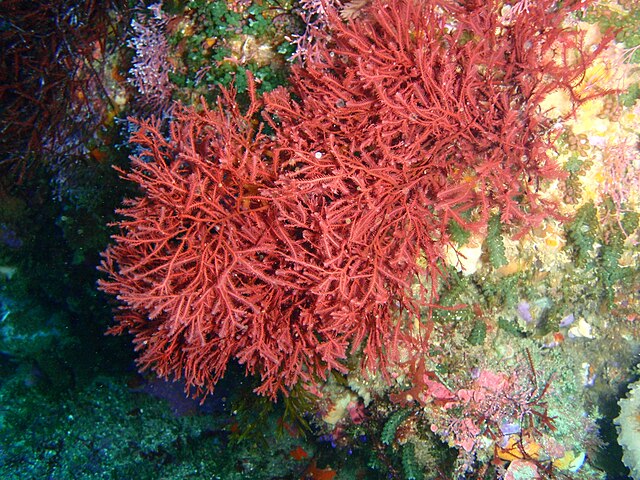Exxon is like many other oil companies – they have buried their head in the sand, and have continued to deny the science.

What astounds me, is that, over the last 3 years, the price of Exxon shares has gone up 3 times over. This means that the majority of people who are investing in the market, believes either that there is a killing to be made from Exxon before it goes out of business, or climate change is wrong (it is true that investment in Exxon 3 years ago would have tripled, but a long-term investment is unlikely to be successful, as Exxon has to completely change its business model.
So, why is Exxon buying a shale giant?
Clearly, it thinks that there is money to be made, before the world transitions. The problem is that should Exxon be right, the world will suffer more global warming.
We already need to leave much of our known reserves of fossil fuels in the ground, Shale gas, is just more,
We need to be moving away from fossil fuels as fast as we can.
How is your family doing? As for us, we have bought a second had electric car, we have just installed our solar and thermal solar, and will in a couple of weeks, have a heat pump installed that will remove our last reliance on gas (these two moves, will have removed carbon from our travel and from our house running and heating – we also have zero carbon electricity). Obviously we still have a way to go, but we are making progress. Of course, from a finance point of view, it is a good move – it is true that our car was more expensive than anything we’ve had before, however, the purchase cost will only take 6-7 years to save back , and our house greening has a payback time of around 4 years- after that we should be several hundred pounds better off each month.
Exxon is still betting that there is more money to be made before the good times are over, however they are betting on our future.
It is foolish to invest in them, either they are right, and will make a fortune while the world suffers, or they are wrong, and this business venture will collapse.


















